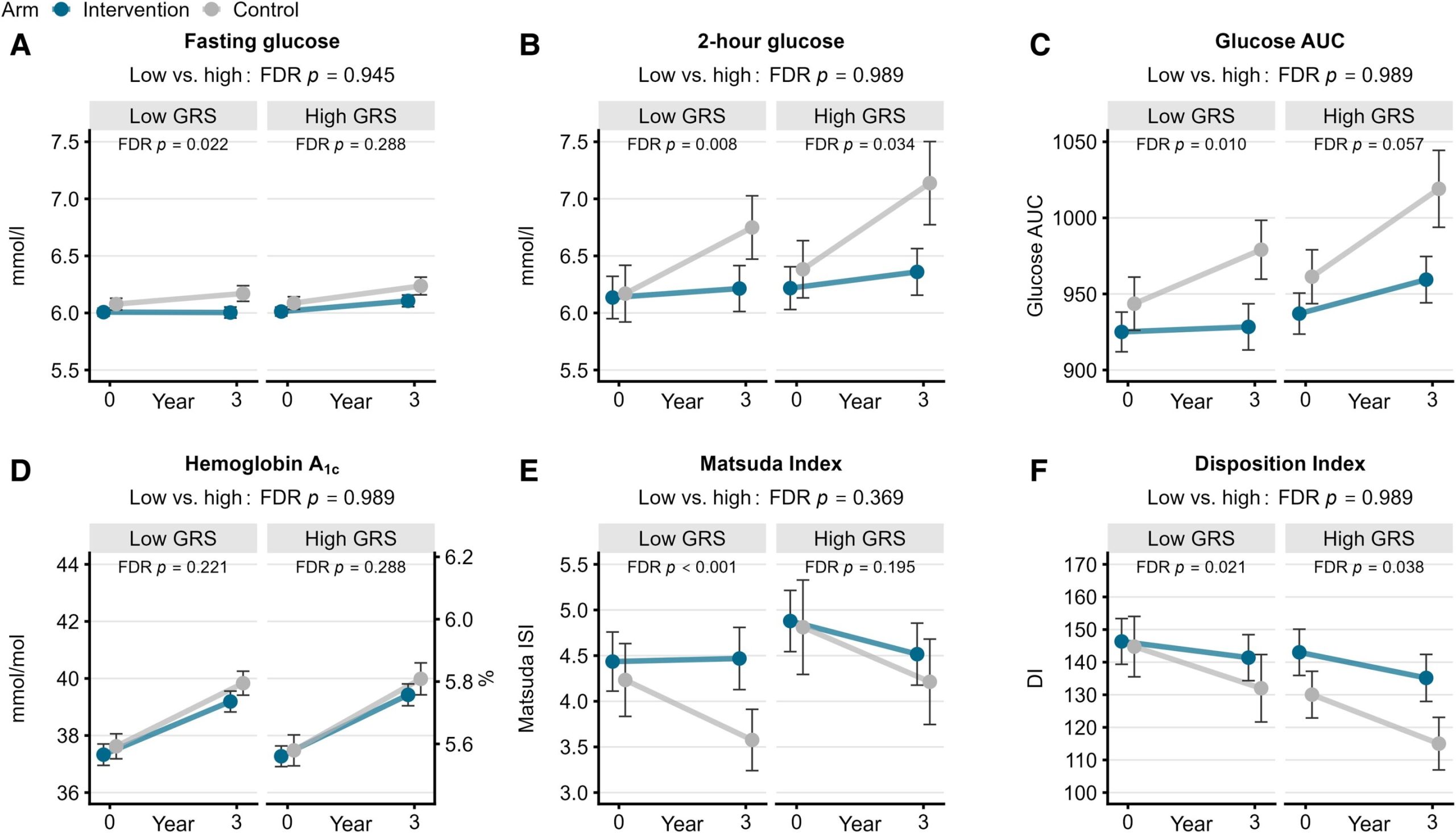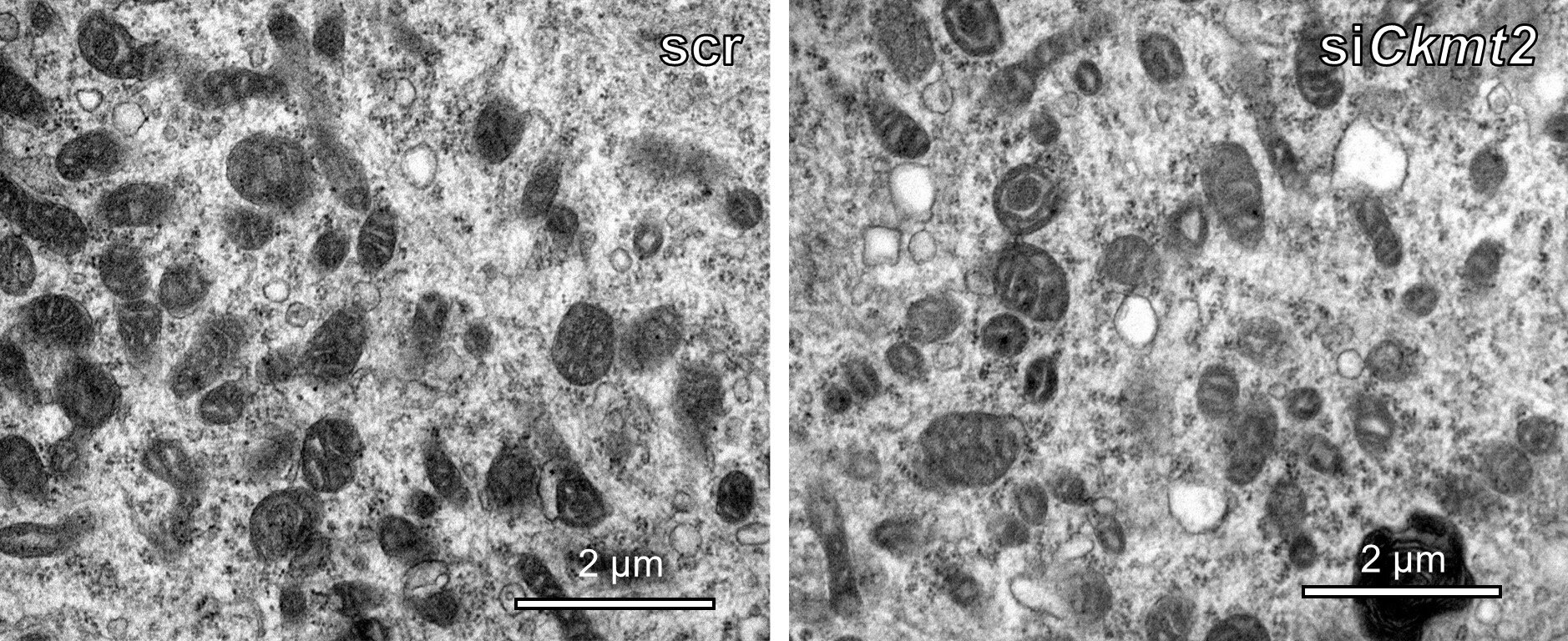
A series of case reports to be presented at the Annual Meeting of The European Association for the Study of Diabetes (EASD), held in Madrid (9–13 Sept), describe how a technology giving insulin doses informed by an insulin pump algorithm helped three adults with type 1 diabetes better manage their blood sugars, enabling them to lead more active lives, and even run marathons.
The AID system contains an advanced hybrid closed loop algorithm that automates the delivery of both basal and correction bolus insulin every five minutes based on sensor glucose values.
“It is great to see advances in diabetes technology come to fruition and deliver such improvements to people’s lives,” said lead author Dr. Maria Onetto from Pontificia Universidad Católica Chile, Santiago, Chile. “This technology is game changing, allowing more people with diabetes to have safer, healthier, more active lives.”
In T1D, a person’s blood glucose level becomes too high (hyperglycemia) because there is no production of insulin by the pancreas. Blood glucose levels can only be regulated by giving insulin to prevent hyperglycemia.
If T1D is not well controlled, people are at increased risk of long-term complications of hyperglycemia, including microvascular damage such as eye, kidney or nerve damage, heart disease or stroke.
“Despite better systems for monitoring blood sugars and delivering insulin, maintaining glucose levels in target range during aerobic training and athletic competition is especially difficult,” explained Dr. Onetto. “The use of automated insulin delivery technology is increasing, but exercise continues to be a challenge for individuals with T1D, who can still struggle to reach the recommended blood sugar targets.”
Although there are some published recommendations on how to adjust insulin delivery and carbohydrate intake for exercise, there are few reports of real-world examples of people with T1D using automated insulin delivery systems during intensive exercise or competition.
The technology known as Advance-Hybrid Closed-Loop consists of an algorithm on an insulin pump which communicates with the traditional continuous glucose monitoring. The real-time glucose monitoring system adjusts insulin doses every five minutes according to blood sugar levels, meaning that it continuously responds to the persistent changes in blood sugar levels.
The patient delivers boluses for meals and snacks by entering the total grams of carbohydrates they are consuming. The algorithm targets a glucose level chosen by the user, which can be adjusted to be 100, 110 or 120 mg/dL. The patient can also set a temporary sensor glucose target (Temp Target) of 150 mg/dL for situations where hypoglycemia risk may be increased, such as during exercise. When the Temp Target is on, auto-bolus corrections are disabled.
To assess blood sugar control during the marathons, the researchers measured: time in range (TIR) that shows the percentage of time a person spends within a target glucose range (3.9 to 10 mmol/liter); time below range (TBR; below 70 mg/dL or 3.9 mmol/liter) target to less than 4% of the time; and time above range (TAR) when blood glucose levels exceed 180 mg/dL.
50-year-old man with T1D for 22 years ran the Tokyo marathon in around 3.5 hours
The first report details a 50-year-old man who had been living with T1D for 22 years before he ran the Tokyo Marathon in March 2023 in three hours and 34 minutes.
Thirty days before the race his time in the target glucose range (TIR 70–180 mg/dL ) was 89%, time above range (TAR>180 mg/dL) was 9%, time below range (TBR
In order to prevent hypoglycemia, on the morning of the marathon he reduced his breakfast insulin dose by 25% and the insulin dose applied to the pre-race snack was also reduced by 50% to better manage blood sugar levels.
He consumed glucose gels, the primary source of carbohydrates during the race, at a rate of 0.39 g/kg/hour, with 102g consumed overall.
During the race, the man maintained excellent glycemic control, spending 96% of the marathon within the correct glucose range, just 4% below range, and no time above the target range. He achieved an average blood glucose of 107mg/dl—well below the mean glucose of less than 154 mg/dl recommended in adults.
40-year-old man with T1D for four years ran the Santiago marathon in under 5 hours
The second report is of a 40-year-old man who had been living with T1D for the past four years. He took part in the Santiago (Chile) marathon in May 2023, completing the race in 4 hours and 56 minutes.
Before the marathon (30 days), his time in the target glucose range was 76%, time above range was 9%, time below range was 3%, and HbA1c was 6.7%.
The day of the race, he did not lower his breakfast insulin dose, but he reduced the insulin dose applied to the pre-race snack by 100%. During the marathon, the man consumed glucose gels at a rate of 0.42 g/kg/hour, with 120g consumed in total.
The man spent 100% of the marathon within the correct glucose range with an average blood glucose of 110mg/dl, underscoring the capability of the glucose monitoring system to respond in real time (see table in abstract).
34-year-old woman with T1D for 27 years ran the Paris marathon in under 4 hours
The third report describes a 34-year-old woman who had been living with T1D for 27 years before she completed the Paris Marathon in April 2023 in three hours and 56 minutes.
Thirty days before the marathon, her time in the target glucose range was 83%, time above range was 15%, time below range was 1%, and her HbA1c was 6.6%.
On the morning of the marathon, she did not lower her breakfast insulin dose, but she reduced the insulin dose applied to her pre-race snack by 83%.
During the marathon, she consumed glucose gels at a rate of 0.5 g/kg/hour, with 115g consumed in total. She spent the whole marathon well above the target glucose range, with an average blood glucose of 271mg/dl—well above the mean glucose of less than 154 mg/dl recommended in adults.
As Dr. Onetto explained, “It is likely that the woman remained hyperglycemic throughout the race for a number of reasons. She may have eaten too many carbs before the race without insulin, but she also didn’t deactivate the temporary sensor glucose target (temp target) because she hadn’t realized that disconnecting it would re-enable the auto-correction boluses.”
She added, “We hope these case studies provide insights for health care professionals who assist athletes with type 1 diabetes using automated insulin delivery systems during intense physical activities. Underscoring the importance of specialized education, planning, and personalized approaches, this research emphasizes the substantial opportunities that automated insulin delivery technology offers to individuals with type 1 diabetes, enabling them to lead active lives.”
Citation:
Automated insulin delivery technology helps marathon runners with type 1 diabetes (2024, September 12)
retrieved 13 September 2024
from https://medicalxpress.com/news/2024-09-automated-insulin-delivery-technology-marathon.html
This document is subject to copyright. Apart from any fair dealing for the purpose of private study or research, no
part may be reproduced without the written permission. The content is provided for information purposes only.



